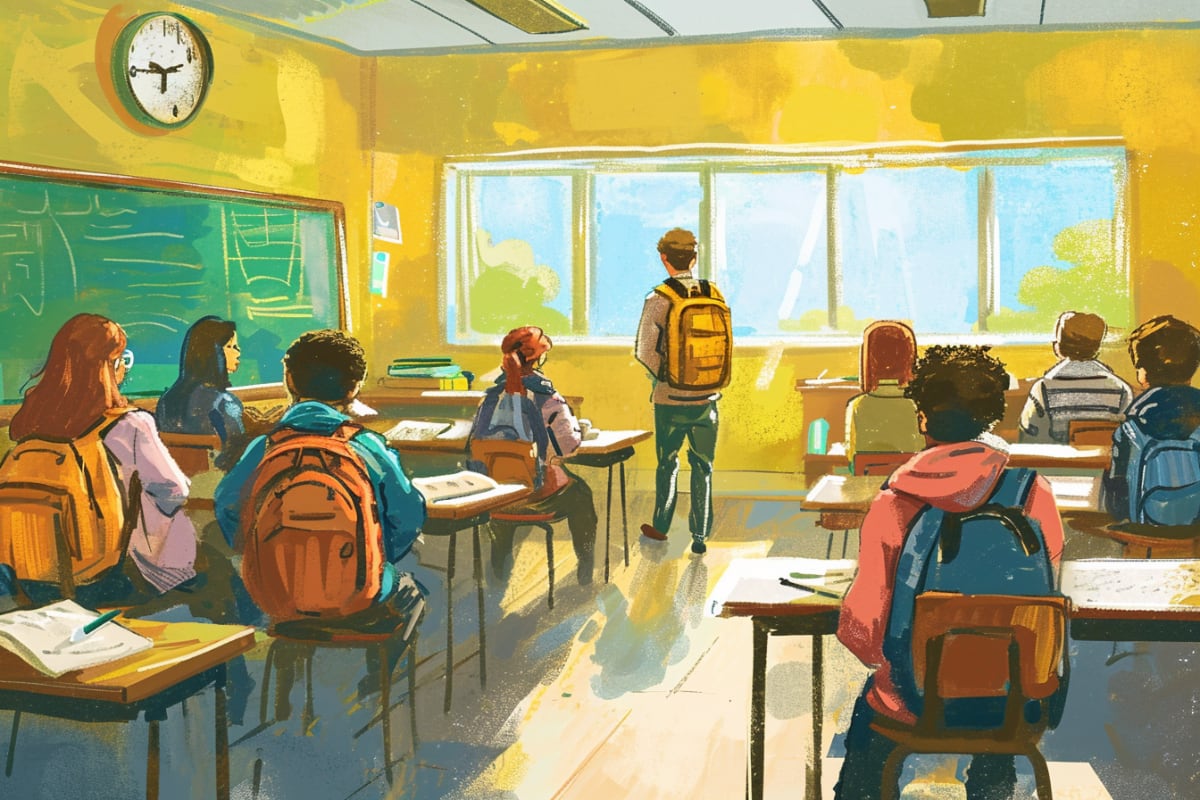Virtual student engagement ideas can be the best approach for better student involvement in the classroom. You can improve student engagement in many ways, and doing it in virtual ways makes the student experience much better than ever. Here are seven virtual ideas for student engagements.
Virtual Student Engagement Ideas
1. Interactive Activities
Teachers can use interactive activities such as quizzes, polls, and games to engage students in virtual learning. Online platforms can be used to create these interactive activities.
2. Discussion Boards
Discussion boards can facilitate student-to-student interaction and encourage critical thinking. Teachers can pose open-ended questions about course material, and students can respond to each other’s posts and discuss.
3. Collaborative Projects
Collaborative projects can be assigned to encourage students to work together virtually. Tools like Google Docs and Google Slides allow students to work on group projects in real time and provide opportunities for collaborative learning.
4. Virtual Field Trips
Virtual field trips can be a great way to engage students and bring learning to life. Teachers can use online resources such as Google Arts & Culture or National Geographic Virtual Library to take students on virtual tours of museums, national parks, and other locations worldwide.
5. Video and Audio Recordings
Video and audio recordings can deliver course material engagingly. Teachers can create videos or audio recordings of lectures or demonstrations and share them with students. It allows students to learn at their own pace and can be especially helpful for students who struggle with traditional learning methods.
6. Virtual Guest Speakers
Teachers can invite guest speakers to join virtual classes and speak to students on various topics related to the course material. It is one of the best virtual student engagement ideas of all. It allows students to learn from experts in the field and can help make the learning experience more engaging.
7. Virtual Office Hours
Teachers can hold virtual office hours where students can connect one-on-one to ask questions or get additional support. It allows students to get personalized attention and can help build relationships between teachers and students.
8 Mistakes You Must Avoid for Better Student Engagement
As a teacher, your goal is to create an environment that promotes student engagement, learning, and growth. However, teachers can also make some common mistakes, and you can avoid them with the proper knowledge.
1. Not Building Relationships with Students
Building positive relationships with students is crucial in promoting student engagement and motivation. Without positive relationships, students may feel disconnected and disengaged from the classroom. Teachers who do not take the time to build relationships with their students are more likely to encounter behavior issues, a lack of participation, and a decline in academic performance. To avoid this mistake, take the time to get to know your students, show interest in their lives, and create a sense of community within the classroom.
2. Not Providing Clear Expectations
Students need clear expectations to succeed in the classroom. Without clear expectations, students may become confused about their expectations, leading to decreased engagement and motivation. To avoid this mistake, provide clear instructions and guidelines for assignments, assessments, behavior, and classroom procedures. Ensure students understand the expectations by asking them to repeat them to you.
3. Not Providing Enough Opportunities for Student Engagement
Lecturing without interaction or engagement with students can lead to disengagement and boredom. Teachers should incorporate interactive activities, discussions, and group work into their lessons to promote engagement. These activities provide opportunities for students to apply and practice what they have learned, leading to increased retention and understanding.
4. Not Providing Feedback
Feedback is crucial to student growth and success. Teachers who do not provide feedback to their students may confuse them about their progress and abilities. Providing regular feedback, both verbal and written, helps students understand their strengths and areas for improvement. To avoid this mistake, provide constructive feedback that is specific, actionable, and timely.
5. Not Addressing Student Misconceptions
Students may have misconceptions about the material, hindering their learning and engagement. Teachers who do not address these misconceptions may lead to students becoming more confused or frustrated. To avoid this mistake, check for understanding regularly and address any misconceptions immediately. Explain the correct information and help students understand the reasoning behind it.
6. Not Providing Opportunities for Student Choice and Autonomy
Providing opportunities for student choice and autonomy can increase engagement and motivation in the classroom. When students are given a chance to choose their learning, they become more invested in the process. Teachers not providing these opportunities may miss out on student buy-in and enthusiasm. To avoid this mistake, offer assignment choices, encourage creativity, and allow students to pursue their interests.
7. Not Recognizing and Celebrating Student Achievements
Recognizing and celebrating student achievements can promote a positive classroom culture and motivate students to strive for success. Teachers who do not acknowledge student achievements may lead to students feeling undervalued and underappreciated. To avoid this mistake, create a system for recognizing and celebrating student achievements, such as praise, certificates, or public recognition.
8. Not Adapting to Individual Student Needs
Every student has different nature and likes to get treated differently, so they don’t need to learn similarly to other. Teachers who do not adapt their teaching methods to individual student needs may lead to frustration, disengagement, and a lack of progress. To avoid this mistake, take the time to get to know each student and their learning style. Adapt your teaching methods to cater to individual student needs, such as offering extra support or resources.
Conclusion
By avoiding these eight common mistakes, teachers can create a more engaging and supportive learning environment for their students. The virtual student engagement ideas above can also be helpful for many schools and teachers for better student involvement in almost every activity.
FAQs
1. Is the virtual approach better than other approaches?
Student engagement is a crucial topic for many teachers. The virtual approach is effective as other approaches. However, it completely depends on your teaching style.
2. How to avoid mistakes while teaching students in class?
A great presence of mind is one of the most important things while teaching students. Knowing about the mistake or checking them online is also a good approach.
3. Is it possible to teach every study similarly?
No, it is definitely not possible to teach students similarly because every student has a different nature and way of understanding things.





